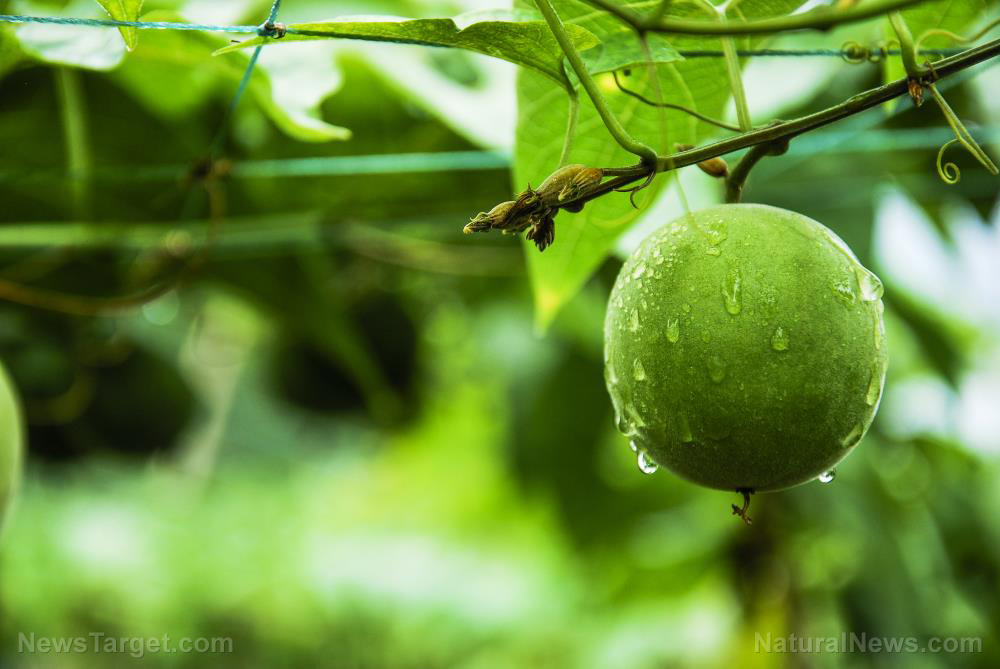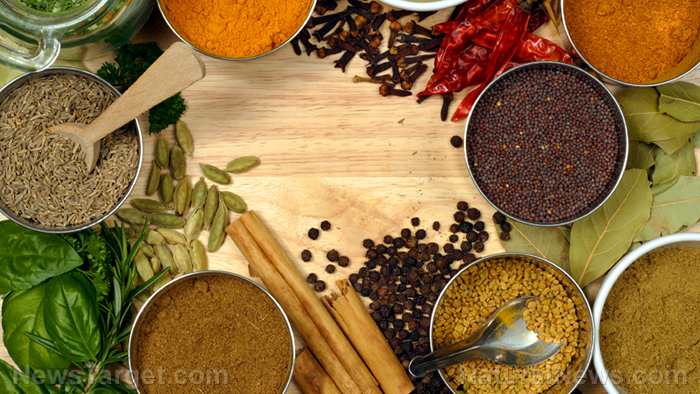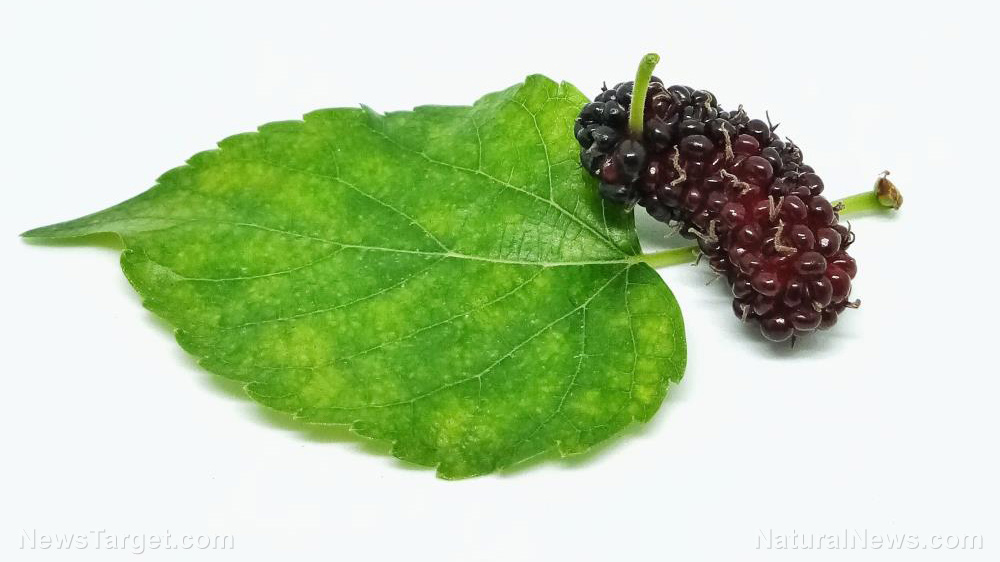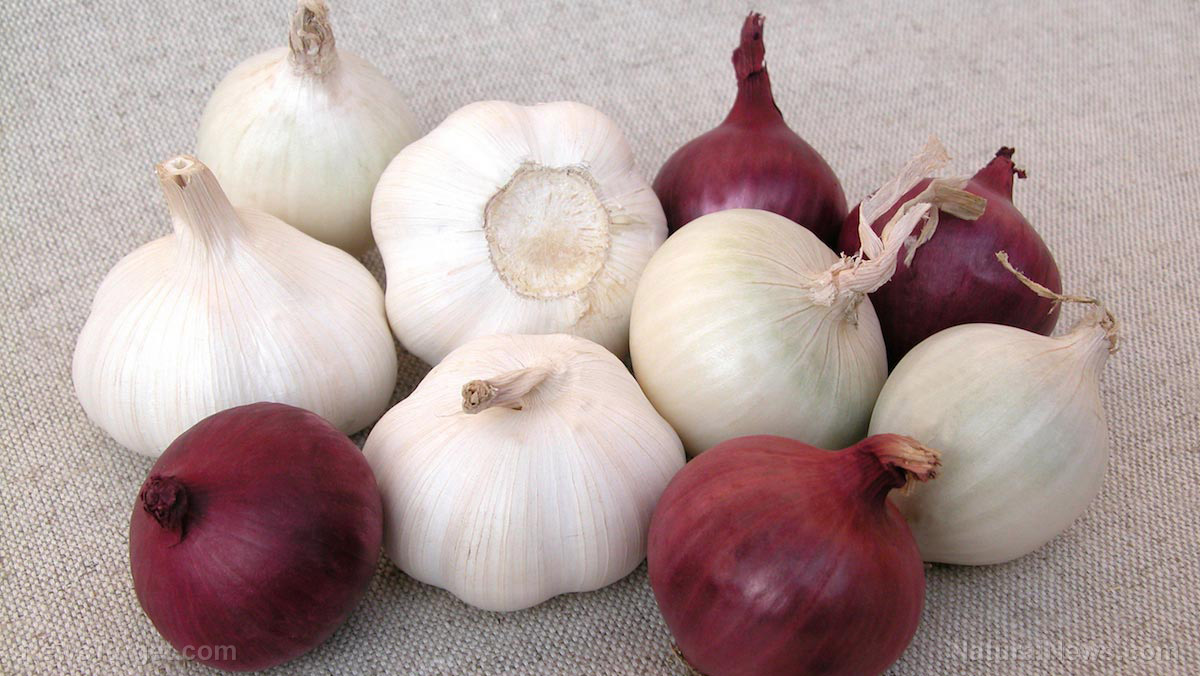Increase your longevity with monk fruit
09/16/2019 / By Michelle Simmons

Monk fruit (Siraitia grosvenorii), also known as luo han guo, is a small, green, round fruit native to China. It is used in traditional Chinese medicine for various healing purposes, and researchers continue to explore the potential health benefits associated with this fruit. In a study published in The American Journal of Chinese Medicine, researchers found that monk fruit can improve stem cell function, leading to a slower aging process.
A team of researchers from the Chinese Academy of Medical Sciences and Peking Union Medical College in Beijing looked at the anti-aging effects of monk fruit in a mouse model. For the study, the research team fed mice with monk fruit for 10 months.
The results revealed that the consumption of monk fruit slowed the aging process in mice. The researchers wrote that this anti-aging effect occurred because the fruit enhanced the function of hematopoietic stem cells (HSCs), which are responsible for the production of mature blood cells in the bone marrow. In addition, monk fruit consumption increased the ability of HSCs to regenerate.
The consumption of monk fruit maintained quiescence of Lin-Sca1+CD117+ (LSKs). Moreover, the levels of reactive oxygen species (ROS), which are known to damage cells, as well as the reduced the amount of senescence-associated beta-galactosidase positive cells were reduced. Furthermore, monk fruit decreased the expression of senescence-associated proteins in mice. All of these improved the function of HSCs, thereby, slowing the aging process. With these findings, the research team concluded that eating monk fruit may prolong the life of a person by improving stem cell function.

|
Discover how to prevent and reverse heart disease (and other cardio related events) with this free ebook: Written by popular Natural News writer Vicki Batt, this book includes everything you need to know about preventing heart disease, reversing hypertension, and nurturing your cardiac health without medication. Learn More. |
More on monk fruit
Monk fruit also offers many health benefits. These include the following:
It is safe for people with diabetes: The extract derived from dried monk fruit is used as a sweetener. Its sweetness comes from natural compounds called mogrosides. It is generally safe for people with diabetes because it does not cause blood sugar spikes. It is 150 to 250 times sweeter than table sugar, but has zero calories and carbohydrates. Unlike artificial sweeteners like aspartame, monk fruit sweeteners do not have side effects.
It may aid in weight loss: As mentioned above, monk fruit contains zero calories, carbs, or fat. For these reasons, monk fruit may be a great table sugar alternative for people who want to keep a healthy weight or those who are trying to lose weight.
It has anti-inflammatory properties: The mogrosides in monk fruit is said to be anti-inflammatory and may help protect against cancer, according to a 2011 study published in the Journal of Agricultural and Food Chemistry. In addition, mogrosides also fight oxidative stress and help prevent diabetic complications. In traditional Chinese medicine, it is used to make hot drinks for treating sore throat and removing phlegm. (Related: Research confirms the healing potential of monk fruit on cancer patients.)
Adding monk fruit to your diet
Monk fruit sweeteners are available in the market in multiple forms: granules, powders, and liquids. You can use them to sweeten almost anything, including coffee, frostings, hot tea or iced tea, lemonade, salad dressings, sauces, smoothies, oatmeal or other hot cereals, and yogurt. Monk fruit sweeteners can also be used in baked goods as they are heat-stable.
For more studies on fruits that slow the aging process, visit Longevity.news.
Sources include:
Tagged Under: aging, aging secrets, alternative medicine, anti-aging, anti-aging science, blood sugar, food cures, food is medicine, fruits, functional food, hematopoietic stem cells, herbal medicine, Herbs, longevity, luo han guo, monk fruit, natural cures, natural medicine, pytonutrients, research, Siraitia grosvenorii, stem cell function, Stem cells



















